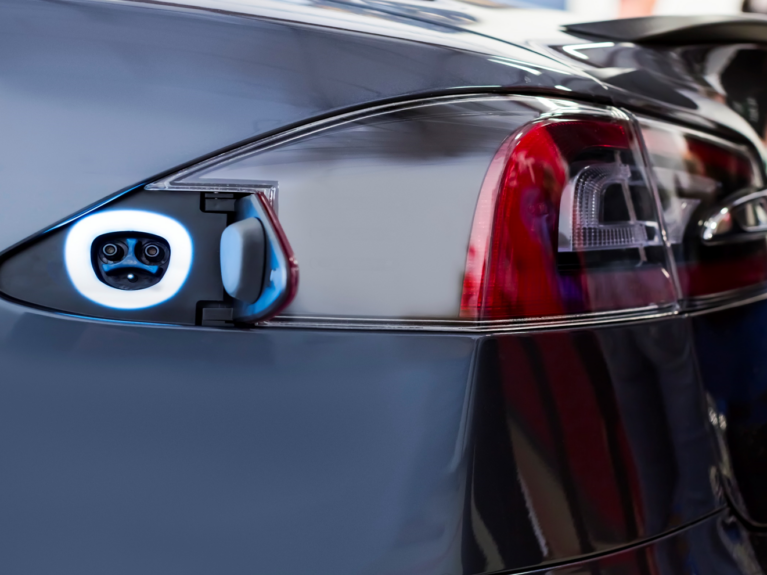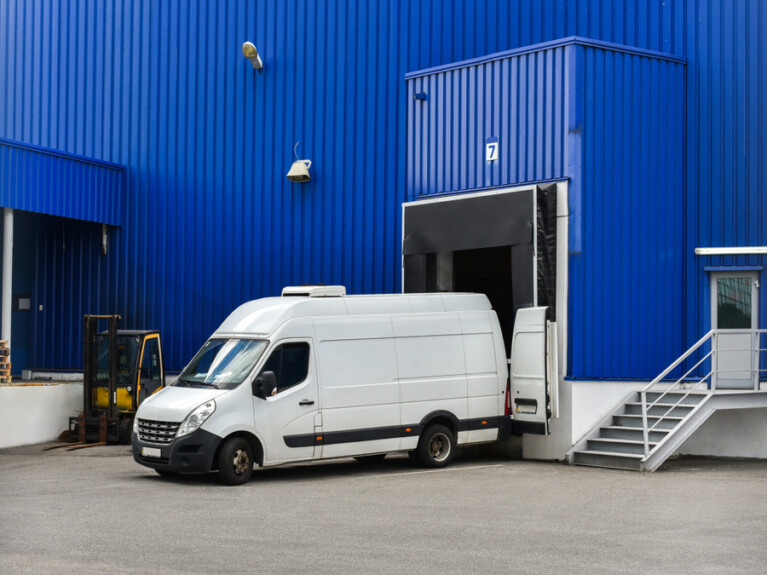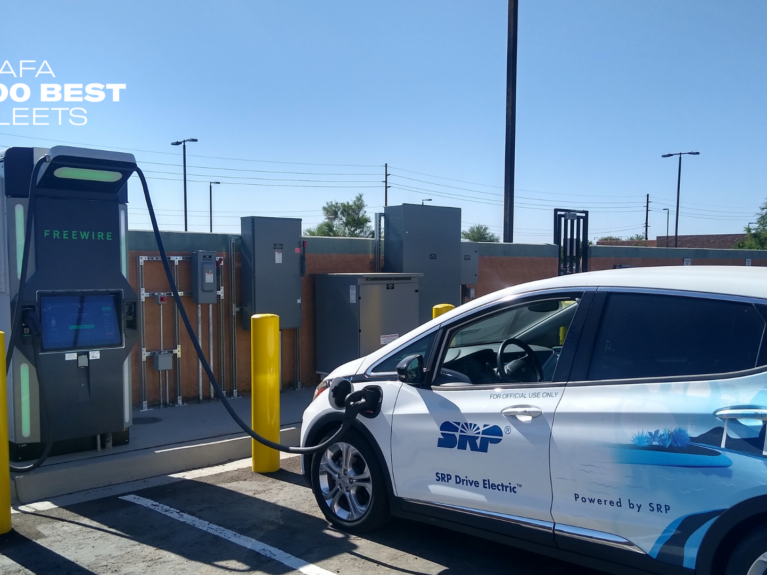
February saw tremendous electrification activity in the U.S. with major announcements of programs and incentives to ramp up electric vehicle resources and support. The federal government made several recent moves in support of green transportation alternatives. On Feb. 10, the Department of Transportation (DOT) and the Department of Energy (DOE) announced nearly $5 billion to be made available under the National Electric Vehicle Infrastructure (NEVI) Formula Program, established by the Bipartisan Infrastructure Law to build out a…

NAFA’s 100 Best Fleets Technician of the Year Award and Fleet Professional of the Year Awards shine a spotlight on the most progressive, dedicated, and talented leaders in our industry. The top 3 winners for each award will be announced on April 17, 2023, at NAFA’s annual Institute & Expo (I&E) event in Baltimore, Maryland…

Being proactive and preventive with fleet health is critical to a successful operation. Of course, repairs are an inevitable fact in fleet, and breakdowns are going to happen from time to time. That said, there’s no reason to fall into the trap of reactivity — that is, basing service programs on repairs versus preventive and proactive maintenance. A reactive service process can increase the quantity of assets in the shop, creating a buildup of broken vehicles and equipment and slowing shop productivity, which leads to unnecessary downtime and inflated service spend. Simply put, fleets need to find ways to battle the reactive service mindset.

Research is just an in-depth study of a topic with an intended goal or outcome. Most of the time, it is due to an assignment or part of a decision-making process. It can also be conducted for personal education such as learning about alternative fuels or understanding regulations. Here are some good things to remember about research.

Operational costs and competition are always on the rise, and sometimes it’s difficult as a fleet management team to keep up. To compete in this ever-changing environment, many fleet managers are turning to their telematics data to track key performance indicators: metrics that will allow them to make better decisions for their fleet. One such metric is a vehicle’s usage rate.

Today’s fleet professionals are continuously looking for sound benchmarking data in which to gauge their performance. After two years of in-depth research, a NAFA project team has put together its first-ever benchmarking data of the 100 Best Fleets winners.
Pat O’Connor, NAFA’s long-time legislative advisor and representative, is retiring. O’Connor was an experienced lobbyist before congressional, state, and federal regulatory agencies and specialized in the health, transportation, and environment sectors. Over the last 20 years, almost all the legislation passed in the transportation sector bears O’Connor’s imprint. In this interview, O’Connor reflects on his years working for NAFA since…

When trying to find the right solutions for your fleet, it can be frustrating to sift through all the available products and determine what the product can and can’t do. To get clear answers and better understand if a product is right for your fleet, determine your business goals so you can ask the right questions and cut through the tech jargon.

Alternative fuels remain at the forefront of sustainability initiatives as documented by 32% of the 2022 100 Best Fleets. Winning organizations cite the percentage of alternatively fueled vehicles currently deployed within their respective fleets as the cornerstone of their sustainability initiatives. Combined, these agencies identify an average of 57% of their current fleets as powered by alternative fuels.

Technology Initiatives are documented by 12% of the 100 Best Fleets in 2022 and is the fifth largest general initiative undertaken by these agencies. Within this category, three more specific initiatives have been identified as a focus. Automation is the largest initiative in this category at 64%, followed by acquisition services, utilization initiatives, disposition services, and repurposing initiatives. Earlier this…